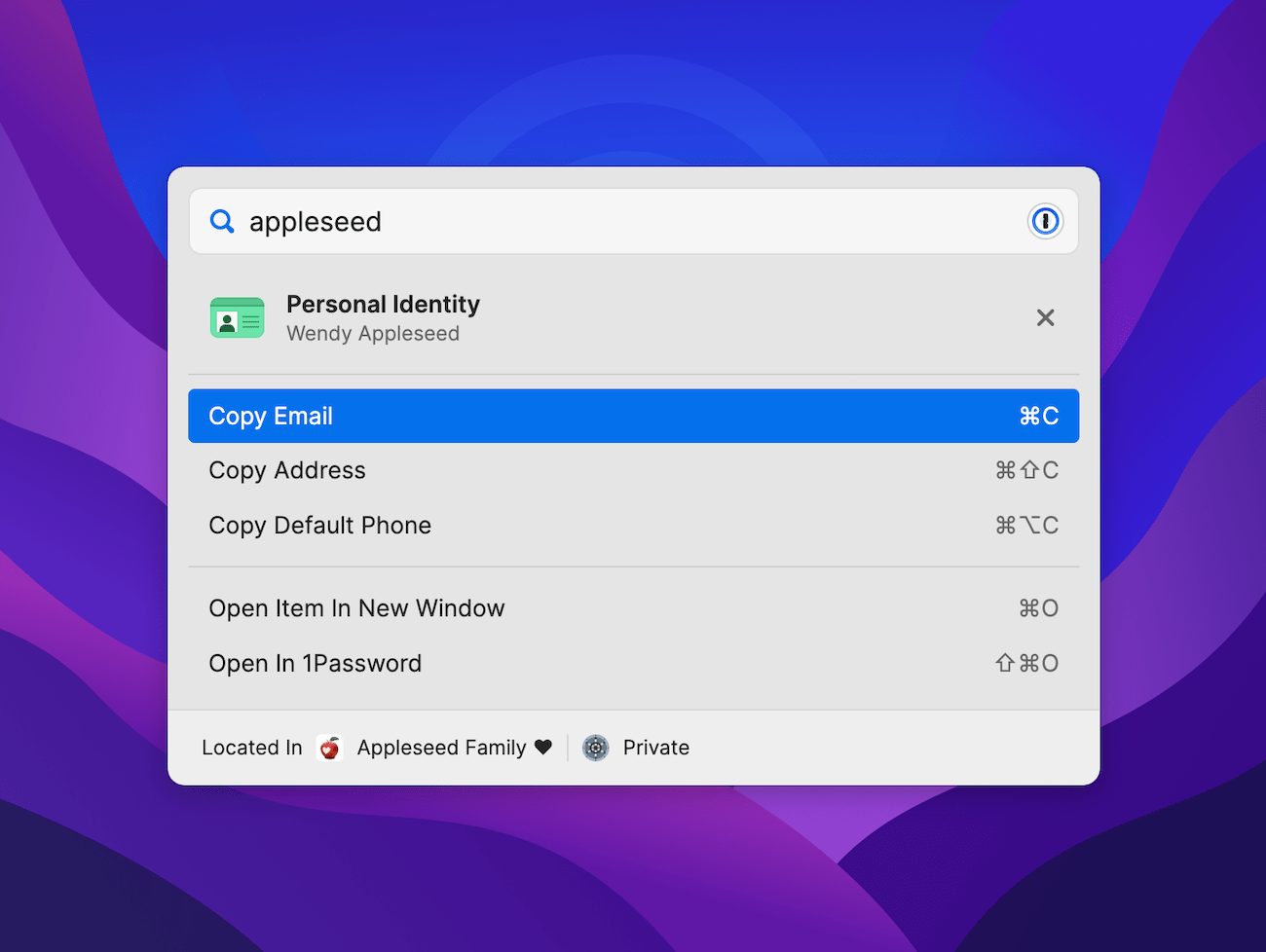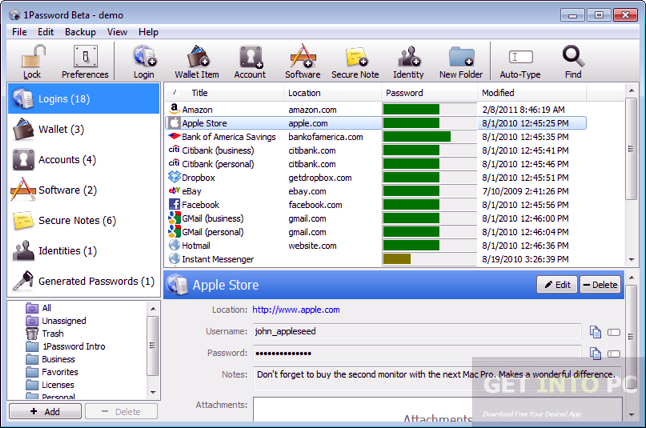


Since it's unsafe to store plaintext passwords in text editors, Enhanced Phishing Protection can warn users if they store their work or school password in Notepad, Word, or any Microsoft 365 Office app, and recommends they delete their password from the file.Enhanced Phishing Protection can warn users if they reuse their work or school Microsoft account password on sites and apps and prompt them to change their password. Reusing work or school passwords makes it easy for attackers who compromise a user's password to gain access to their other accounts.It also prompts them to change their password so attackers can't gain access to their account. If users type their work or school password on any Chromium browser, into a site deemed malicious by Microsoft Defender SmartScreen, Enhanced Phishing Protection alerts them.If a user signs into Windows using a password, Enhanced Phishing Protection works alongside Windows security protections, and helps protect typed work or school password used to sign into Windows 11 in these ways:

Starting in Windows 11, version 22H2, Enhanced Phishing Protection in Microsoft Defender SmartScreen helps protect Microsoft school or work passwords against phishing and unsafe usage on sites and apps.


 0 kommentar(er)
0 kommentar(er)
